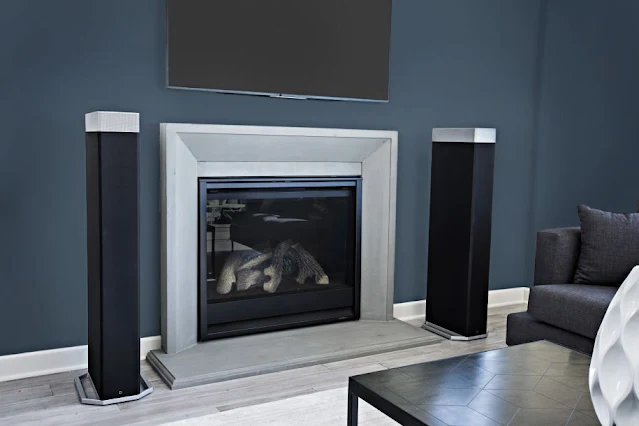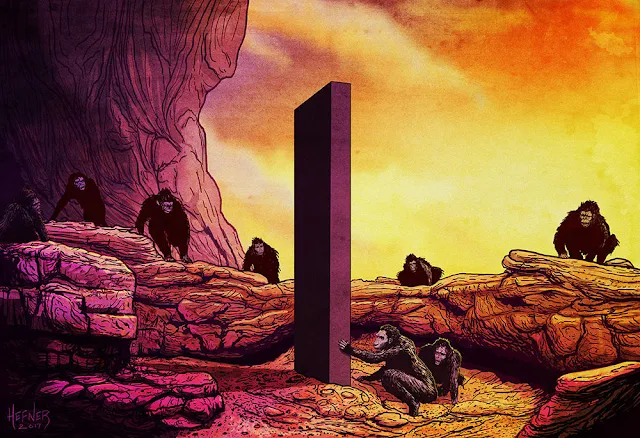October 31, 2020
Storing Garden Carrots In Fresh Moss
October 29, 2020
The Wonders of Crapitalism
Crapitalism is rapidly destroying the planet. Of this there is no question.
In a crapitalist system nothing can be left alone.
Anything 'undeveloped' must be 'developed'. Forests must be cut down and replaced by row upon row of ugly buildings.
Crapitalism never stops.
Once considered limitless, the mighty Amazon rainforest has been utterly wiped out by greedy interests looking for a quick buck, with the blessing of their captain of crapitalism as the head of state.
It is the same everywhere.
Where there were once massive old growth forests across N. America, there are now only scattered 'tree museums'. It will cost you a dollar just to seem them.
Only a few hundred years running, and crapitalists have destroyed nearly everything in the name of profit.
Crapitalism not only consumes natural resources, it also consumes people.
Your employer is your master in crapitalism. They are your god and you serve them. Any excess profit you make all goes to them, not you.
If you look at them the wrong way, or ask questions, you are tossed out.
Slavery has been replaced by wage slavery. Most of the wage slave's earnings goes back to the landlords, bankers, bosses and other parasites.
What a miserable system.
None of this could exist if it were not for spending trillions of dollars on advertising/marketing/propaganda campaigns to brainwash the masses into compliance.
If that doesn't work, and it usually does, there is always the state's monopoly on violence, which it will not hesitate to use in support of the crapitalist project.
There are alternatives, and we better start trying some of them before the crapitalists kill everything and everyone.
October 25, 2020
The Harvest Goes On
October 22, 2020
Magical Fall Bike Ride
October 21, 2020
We're In A Revolution Of Consciousness, But The Wrong Kind
October 19, 2020
Make It Last: Glasses
October 11, 2020
Free Speaker Upgrade
2. It would be nice to not have to go anywhere, and
3. We did not want to add anything to our spartan living space.
October 7, 2020
COVID Clears The Skies
October 6, 2020
Time Off From The Clamor
"Be quiet.Find acquaintances with silence.Go inside, delve into your heart.Take a day off from the clamor."- Rumi
"Other people have purpose;I alone don't know.I drift like a wave on the ocean,I blow as aimless as the wind."- Lao Tzu, Tao Te Ching
"Man stands in his own shadow and wonders why it's dark."- Zen proverb
October 4, 2020
Whole Wheat What?






















